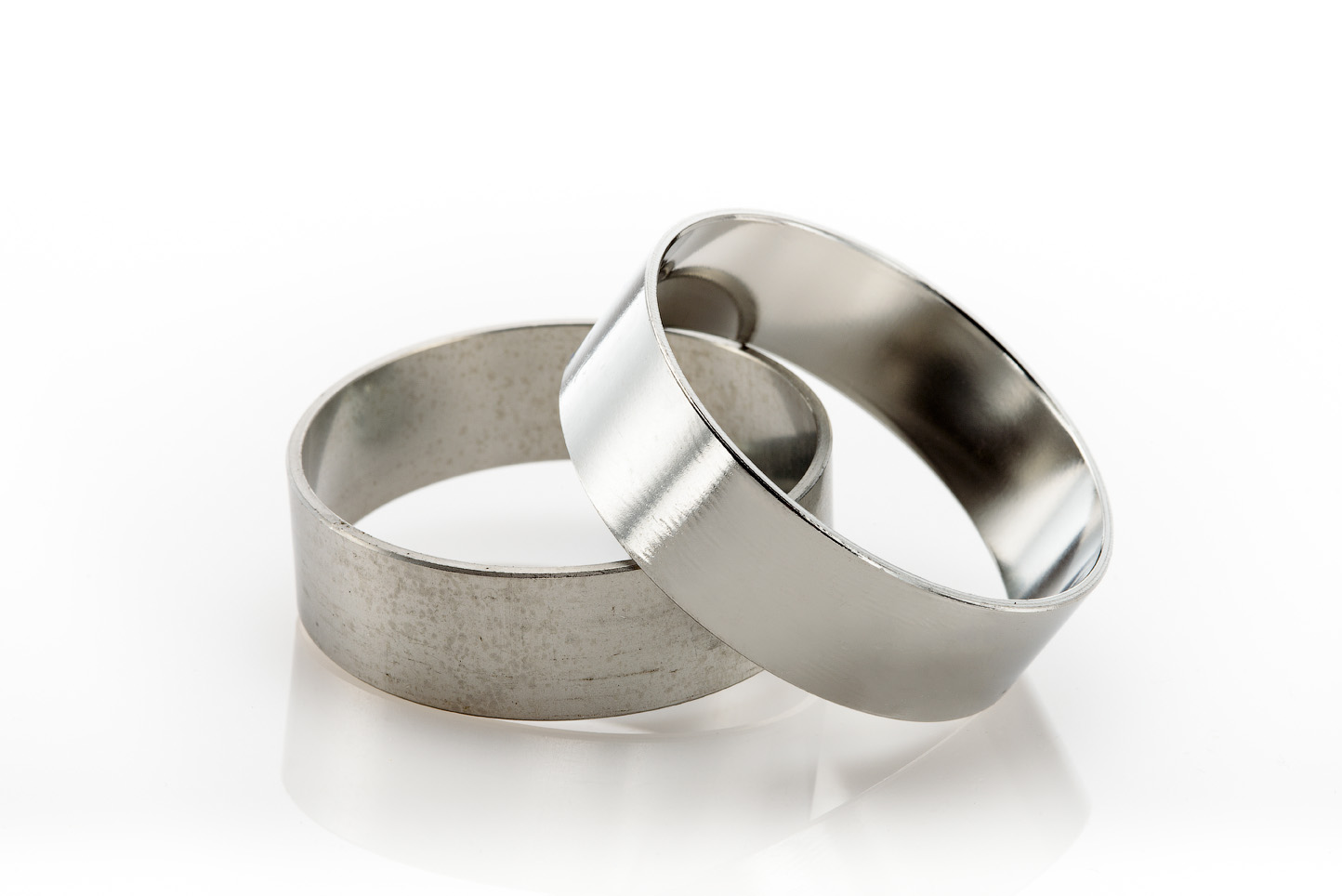Electropolishing Stainless Steel Welds
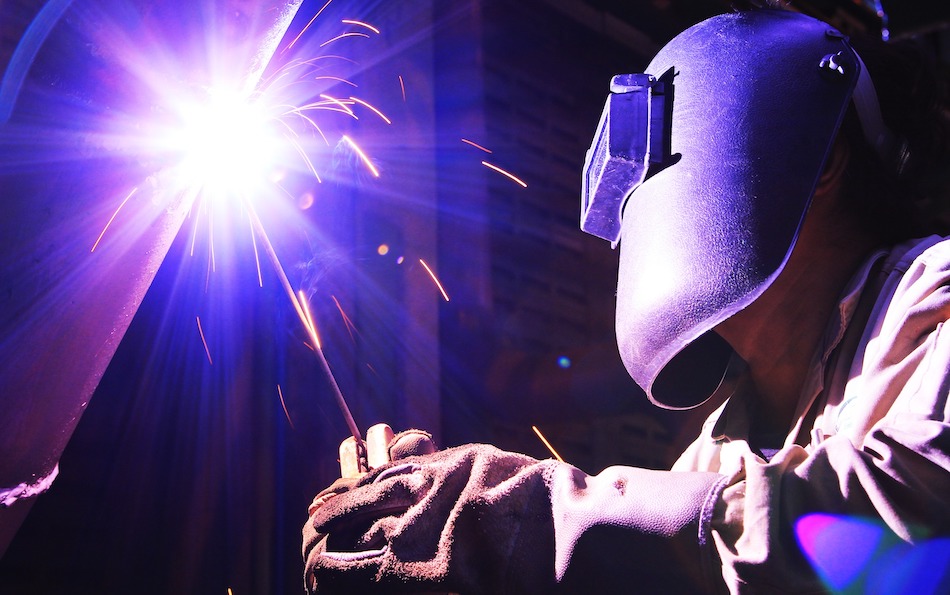
Are you looking for a reliable and efficient solution to enhance the surface finish of stainless steel welds? Our stainless steel electropolishing services can help you achieve a flawless, corrosion-resistant, and visually appealing finish for your stainless steel components.
Why Choose Electropolishing?
Electropolishing is a cutting-edge electrochemical process designed to improve the surface properties of stainless steel and stainless steel welds. Unlike traditional polishing methods, electropolishing offers a range of advantages:
- Superior Surface Finish: Say goodbye to rough edges and uneven surfaces. Electropolishing removes imperfections, weld discoloration, and burrs, leaving your stainless steel welds with a smooth, mirror-like finish.
- Enhanced Corrosion Resistance: Electropolishing creates a passive and protective chromium-rich oxide layer on the surface, significantly increasing the stainless steel’s resistance to corrosion, rust, and contamination.
- Improved Cleanability: The smooth and microscopically flat surface resulting from electropolishing minimizes surface irregularities and micro-crevices, making it easier to clean and maintain hygiene standards.
- Stress Relief: Electropolishing helps relieve residual stresses present in welded stainless steel components, enhancing their overall structural integrity and reducing the risk of stress-related failures.
What are the benefits of electropolishing stainless steel parts?
Electropolishing offers a number of benefits including:
- Removes elemental or free iron from the surface – dramatically improving resistance to corrosion.
- Removes stressed or disturbed layers of surface metal caused by welding, cutting, or mechanical finishing.
- Provides the most superior form of passivation.
Will Electropolishing Clean Heat Tint from Welds?
Electropolishing alone will not remove heat tint from welds, to help remove the heat tint or discoloration associated with welding, we subject parts to a descaling cycle (often called “pickling”) in order to loosen up and remove the heat scale.
We then electropolish (EP) the parts, which improves the surface finish, including the weld joint, and gives parts a chrome-like appearance and finish without the high costs and environmental disadvantages of chrome plating.
Can we passivate our welded parts without electropolishing?
Yes, you can. As part of the EP process, parts are naturally passivated, meaning the free iron, which promotes aggressive corrosion, is removed. However, passivation can be accomplished without electropolishing through other means like Nitric Acid Passivation and Citric Acid Passivation.
To passivate, welded parts are cleaned and the heat tint, oils, dirt, etc. are removed. Parts are then subject to a Citric Acid bath, which adds a passive layer to the parts but doesn’t change the surface finish. This means the now passivated parts look the same coming out of the bath as they did going in.
If you have any more questions about how electropolishing can help improve your stainless steel parts, please feel free to contact us for more information, or visit our resources page for informational articles and videos about electropolishing and the electropolishing process.
Electropolishing Resources
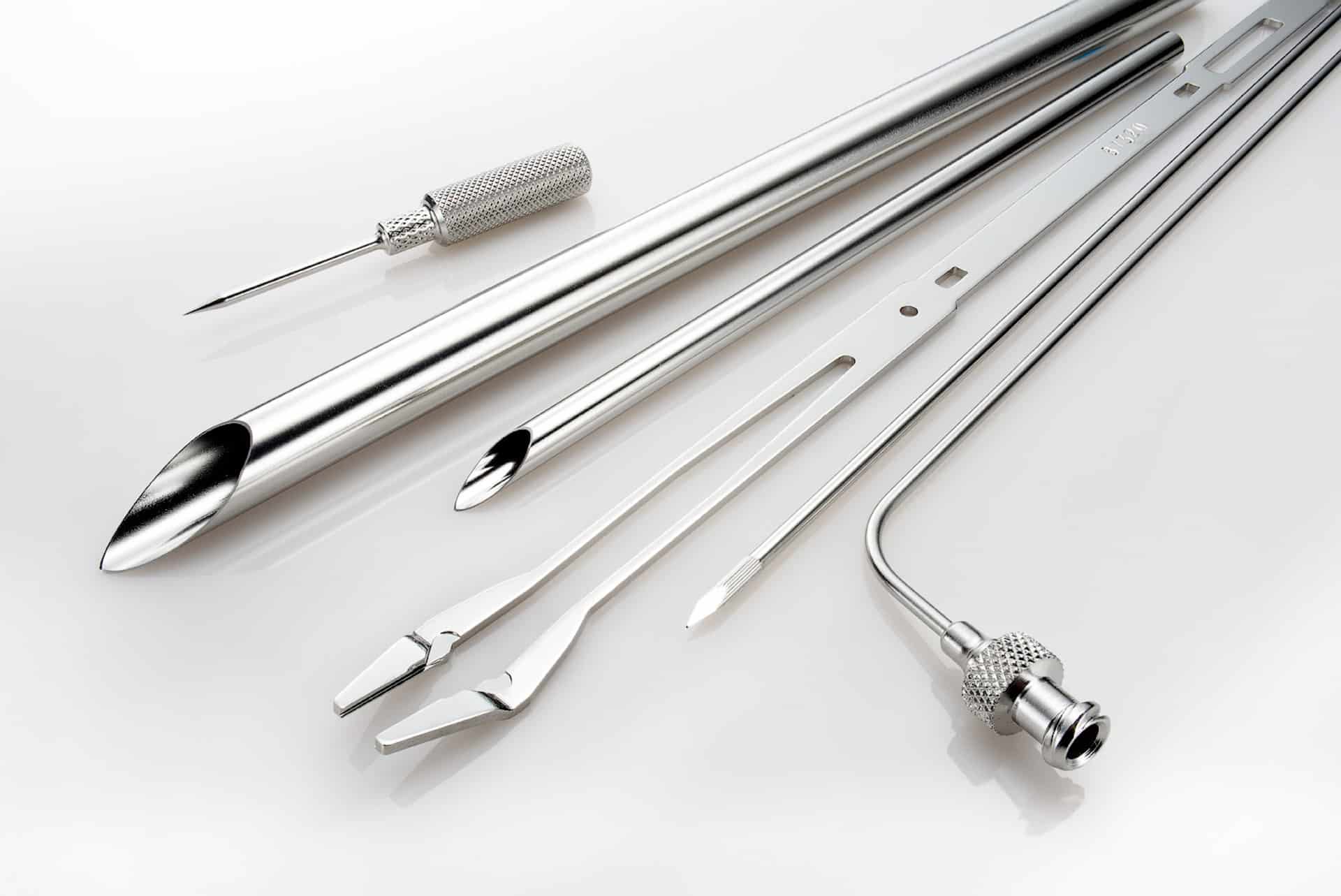
What is Electropolishing?
Electropolishing is an electrochemical and reverse plating process that removes the outer layer of skin on a metal...
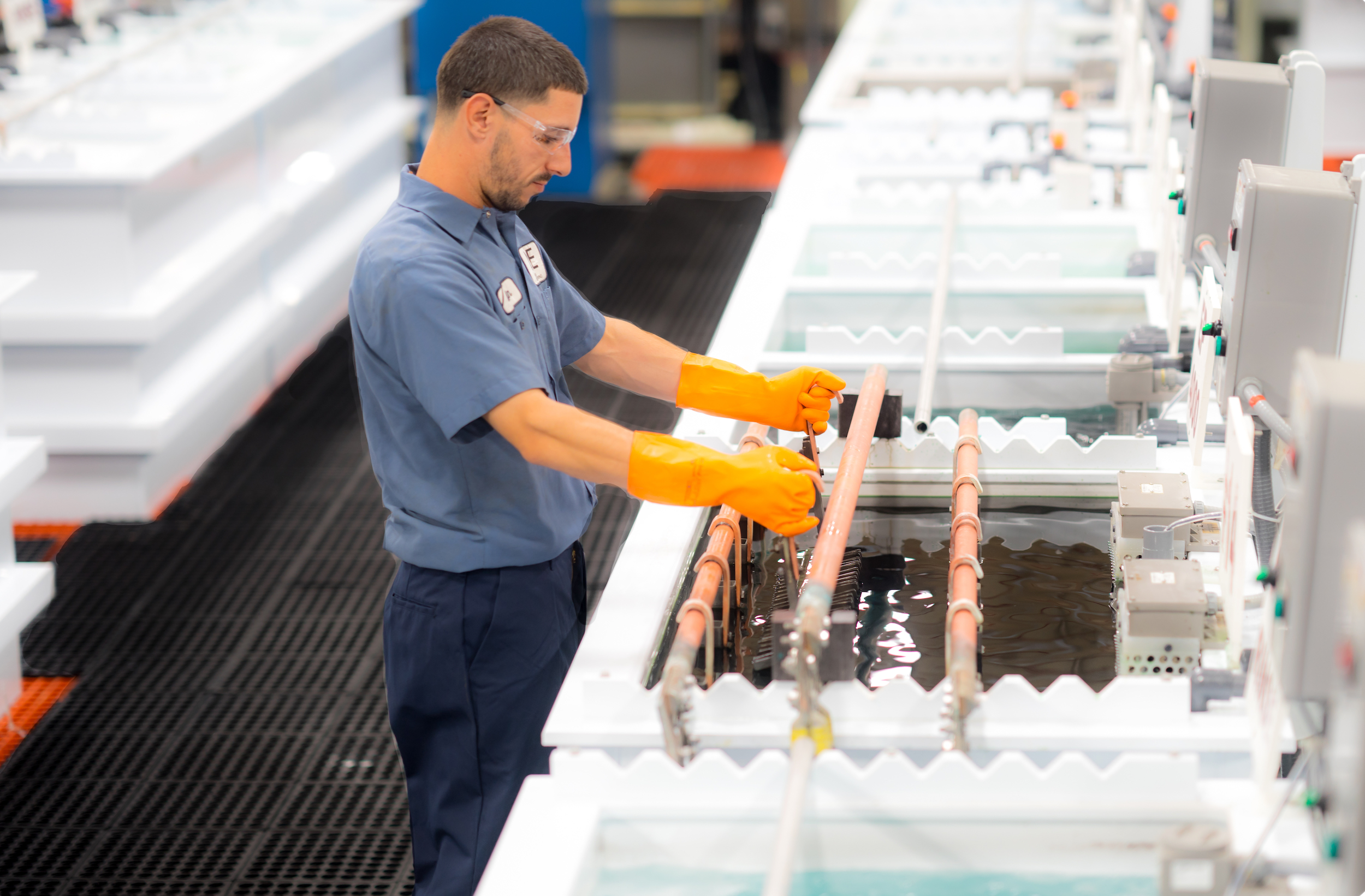
The Electropolishing Process
The electropolishing process is initiated by immersing a metal part into a temperature-controlled bath of electrolyte...
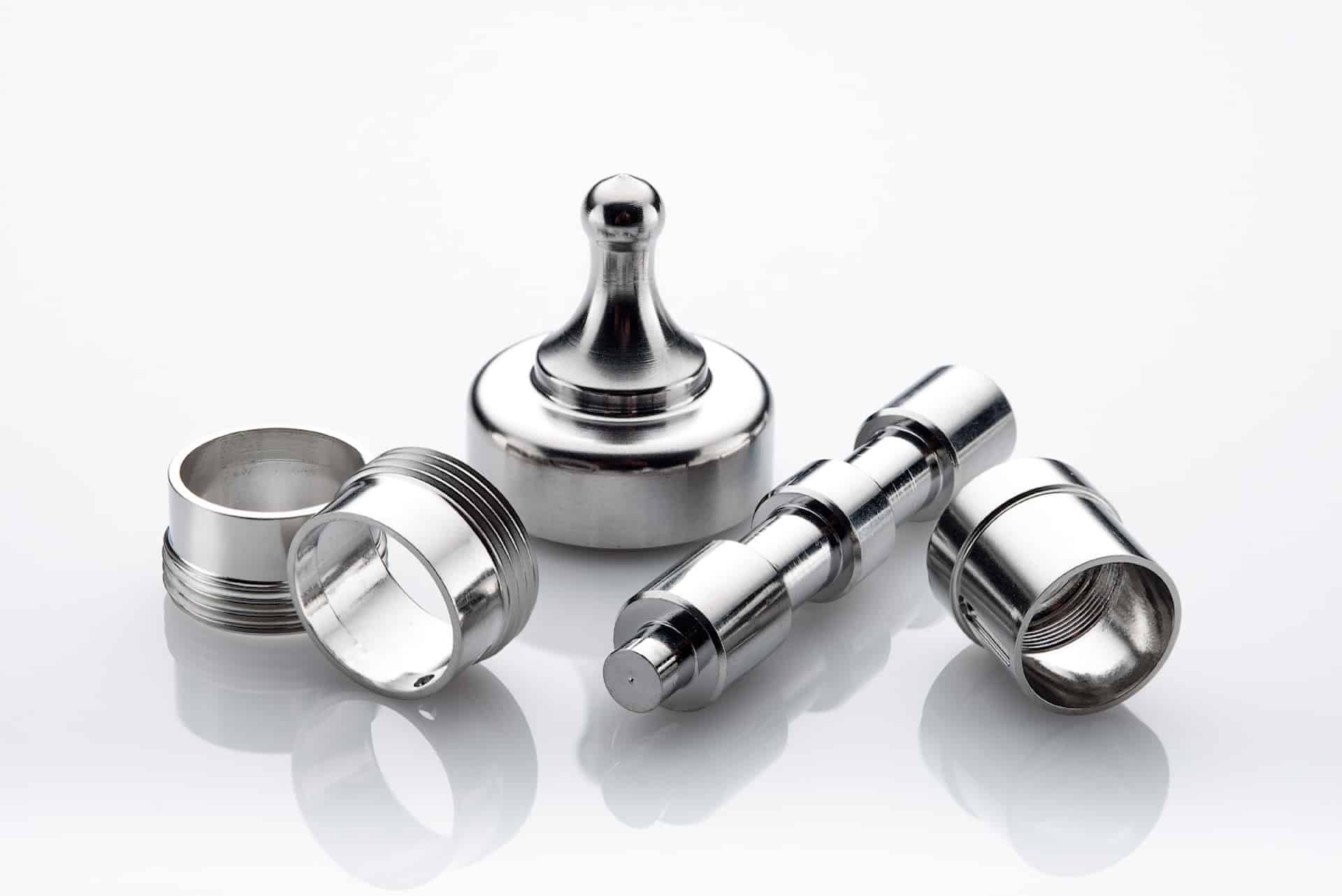
Benefits of Electropolishing
Curious about the benefits of putting your parts through the electropolishing process? Read along below where we...
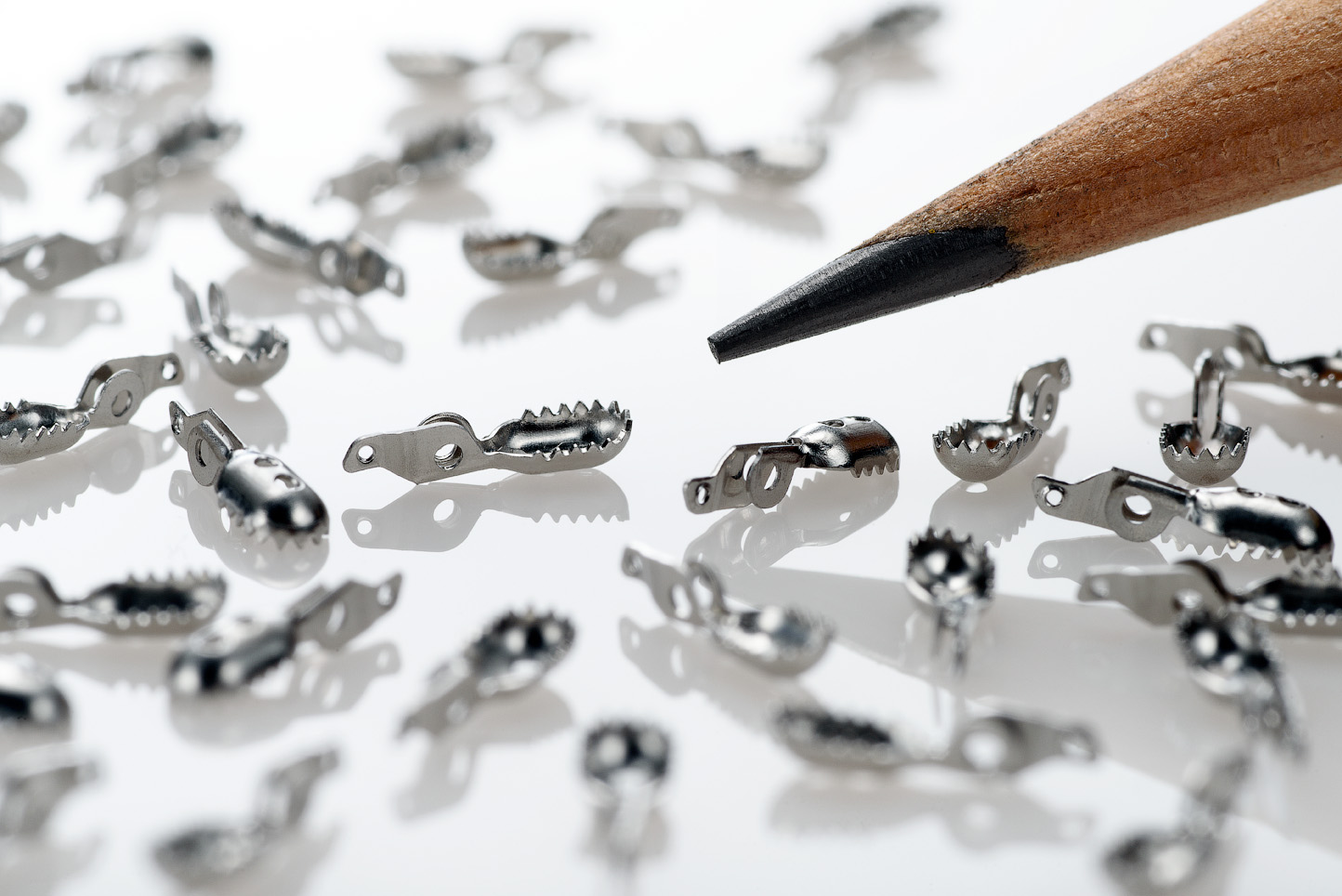
How Much Material Does Electropolishing Remove?
Electropolishing, when done properly is a highly controllable process which removes as little as...
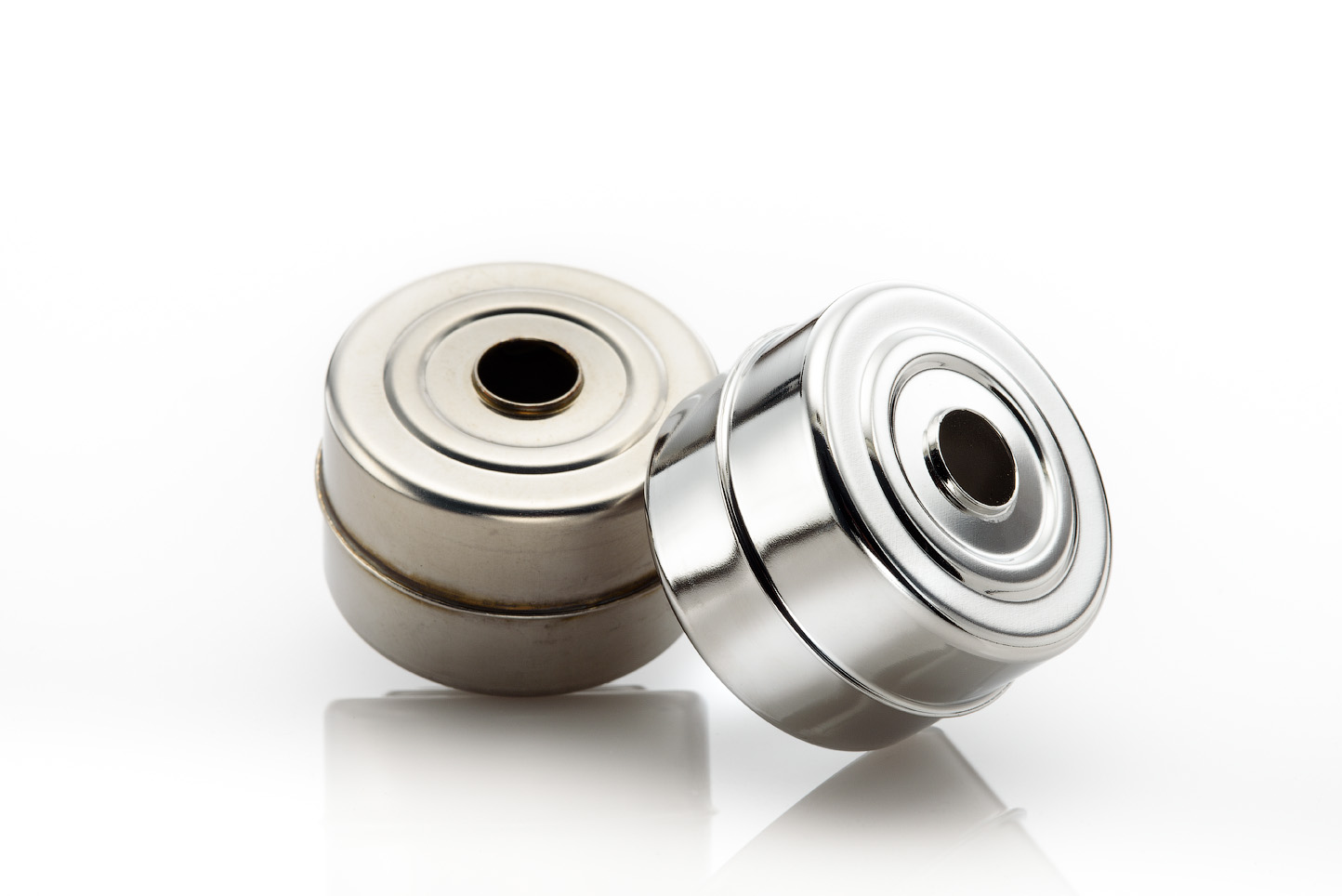
How Much Will Electropolishing Improve the Surface Finish of My Part?
Ra and RMS are both representations of surface roughness. Ra is calculated as the roughness average of a surface’s...
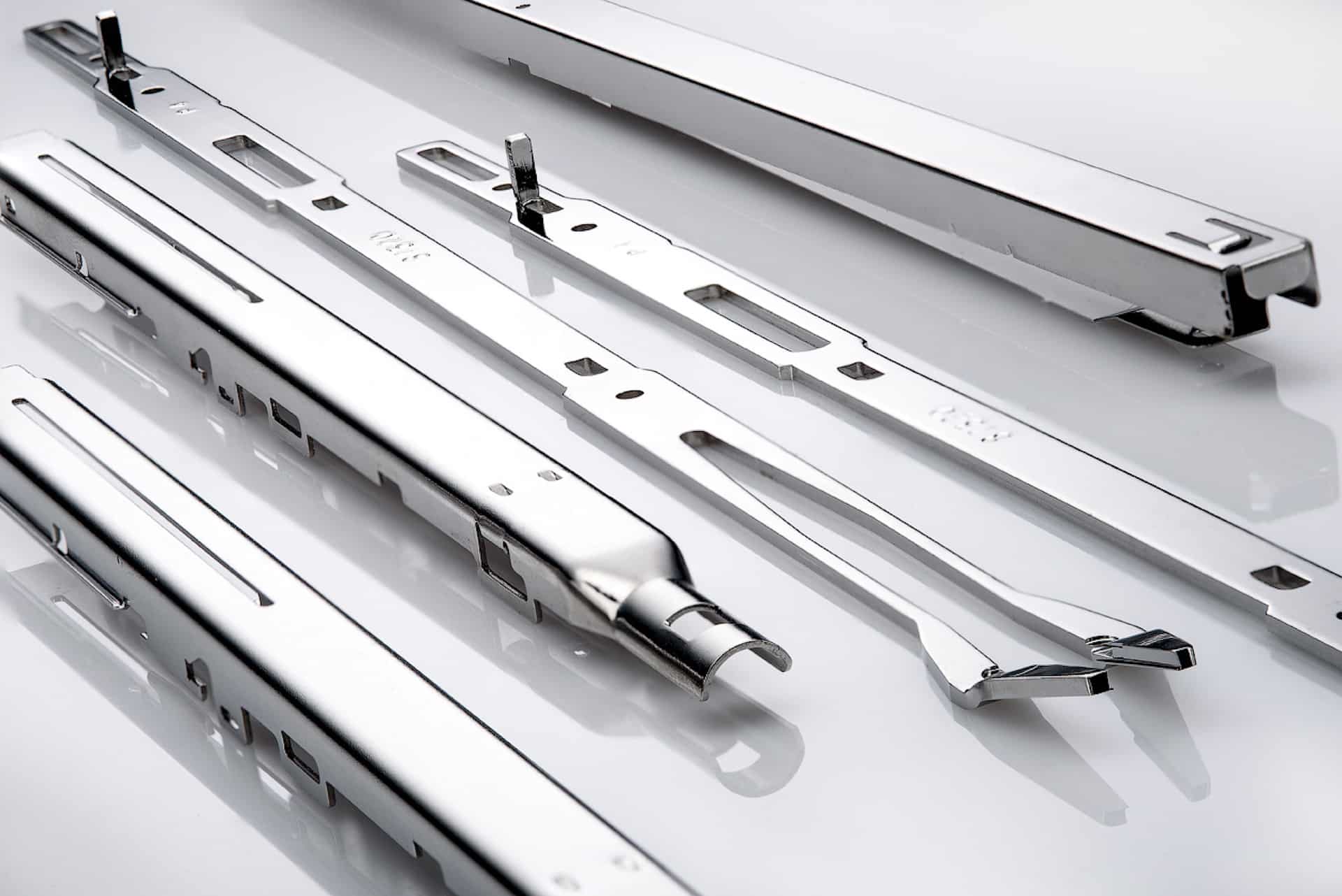
Electropolishing Frequently Asked Questions
Learn the difference between electropolishing and electroplating as well as how the electropolishing process works...

What is ASTM B912?
ASTM B912 is an industry standard for the passivation of stainless steel alloys through electropolishing...
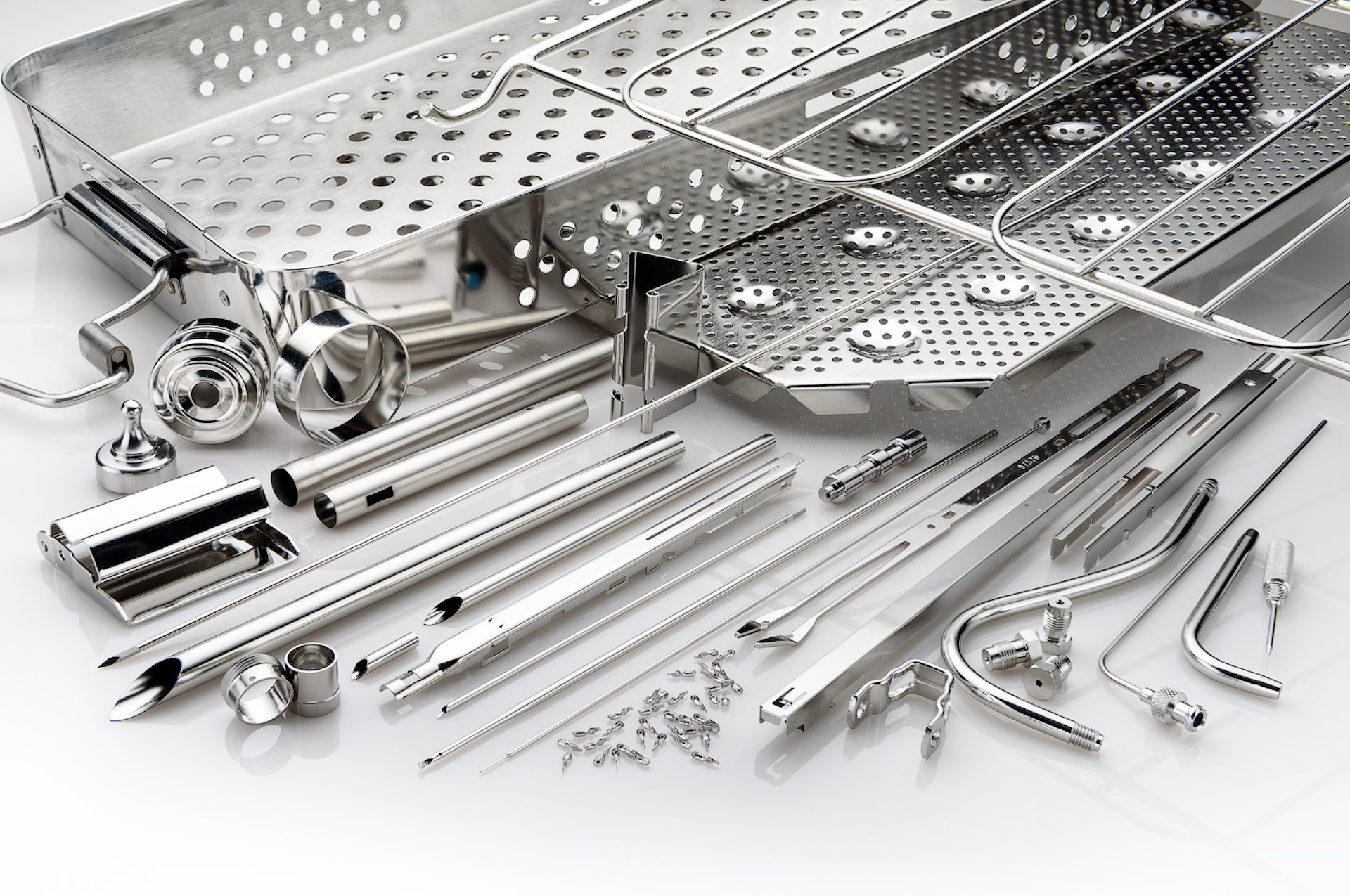
What is ASTM A967?
ASTM A967 is an industry standard specification for the chemical passivation treatments for stainless...
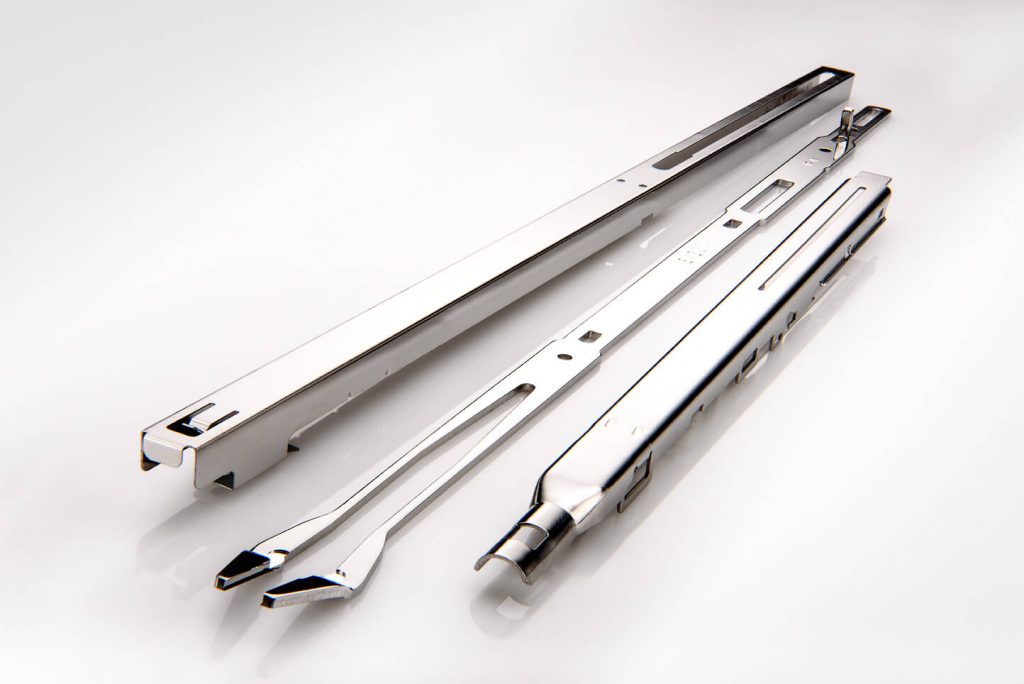
What is ISO 13485?
ISO 13485 is a standard that applies specifically to medical devices. ISO 13485 is designed to be...
